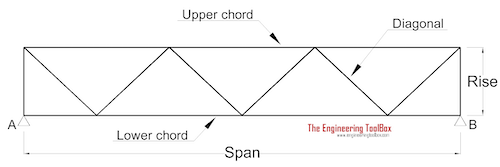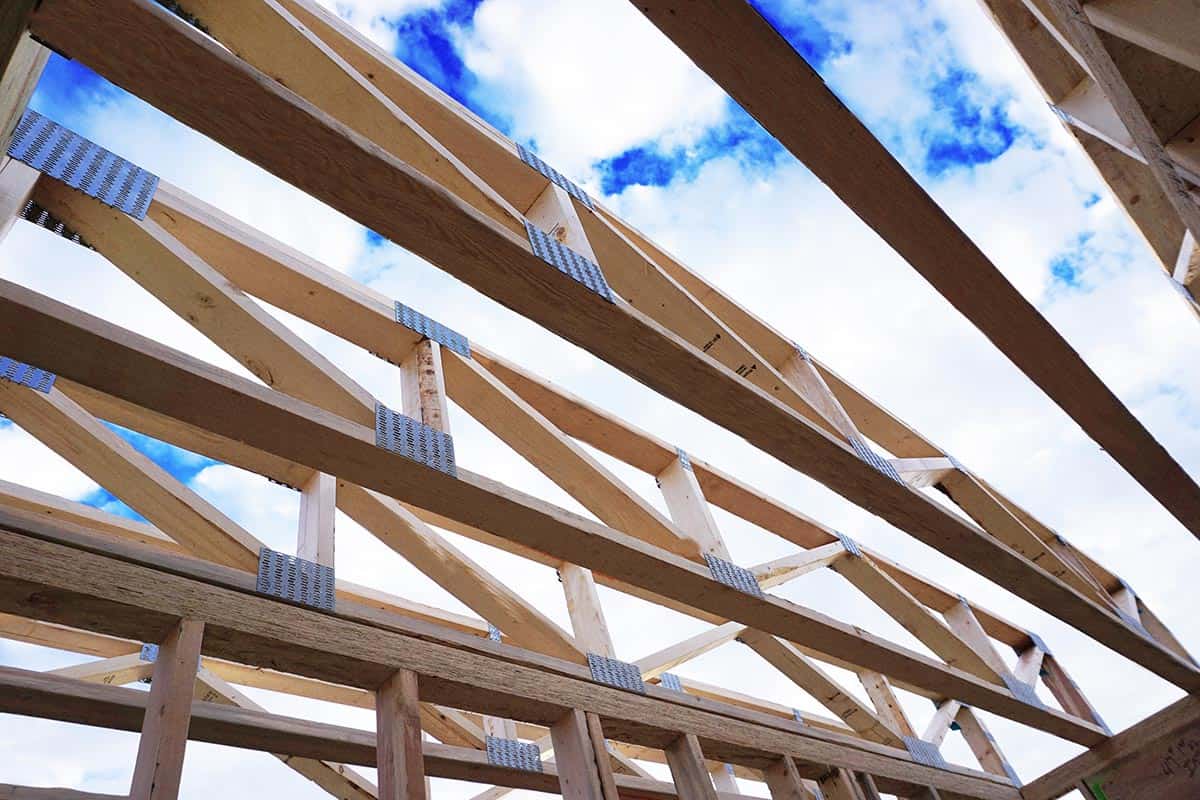Table Of Content

A bottom chord can be multiple pieces of lumber secured by a metal plate known as a splice, either at a joint or mid panel. While a vast majority of trusses will have bottom chords of the same species and grade, changes in both lumber species and grade are possible at splice points. This is most often seen in attic trusses where the bottom chord is increased in the living space and additional loads are applied and then reduced near the bearings to reduce expense. Customized beam pockets can be designed into floor trusses to accept various materials inserted through the webs. Trusses can be designed to support load-bearing headers at openings or to carry other floor trusses.
Subscribe to SBCA Communications

Before you purchase and decide which floor trusses and joists to choose, make sure you know everything about them. Consider the price, the location, and the durability before making your final choice. Solid lumber beams can be cheaper than engineered wood when it comes to the price, but the investment will not pay off in the long run. A good thing about solid lumber joists is that they are more fire-resistant than LVL Joists or I-Beams.
Types of Floor Trusses Based on Bearing Conditions
It is also crucial to include any custom designs in trusses before transporting them to the site. Floor trusses can also have custom designs and strengths to suit the needs of a homeowner or a designer. It requires steel or metal with high compressive strength, making it suitable for long spans. Another advantage includes the design of the floor truss itself, which allows for insulation to be put into place, reducing both impact noise and overall sound. But it will also depend on the size, depth, width, length, and type of wood used. The triangles create a webbing effect that not only supports the floor the trusses also allow for the placement of cables, plumbing, and vents.
Types of Floor Trusses and Joists (With Pictures)
Floor trusses are engineered with open web designs capable of spanning longer than traditional wooden I-joists. Various types of floor trusses are used in a floor system, including Warren, Pratt, and Howe trusses. Triangulation is the engineering practice of forming rigid triangles together with adequate fasteners at the joints. It typically involves the use of triangular shapes to give stability to structures. In roof and floor trusses, wooden triangles are used to pass compression and tension forces throughout the structure to its bearings.
Structural Building Components Research Institute
Experimental study and finite element analysis of heavy-duty escalator truss under full load conditions Scientific Reports - Nature.com
Experimental study and finite element analysis of heavy-duty escalator truss under full load conditions Scientific Reports.
Posted: Wed, 28 Feb 2024 08:00:00 GMT [source]
Wooden floor trusses are cheaper and easier to install but allow for smaller spans to be built. One of the most common support systems for floors in houses and commercial buildings is the open-web truss system. Their appearance makes them seem easy to build because they look as if they are just straight pieces of lumber with angled pieces between them. A preassembled unit of floor joists, subflooring, finished flooring, and sometimes ceiling below supported by walls, columns, or beams. Bearing width knowledge is critical to truss design to ensure the truss meets expectations in the construction process. If the bearing size varies from the truss design, the ceiling area can be impacted where it meets the wall and modifications will be necessary when installing drywall or other finish products.
Panel length is determined by the truss technician and typically determines what size material is used for the top or bottom chord. The greater the panel length, the more likely the truss technician is to use wider width material. Manufacturing capabilities for individual component facilities dictate the maximum overall depth that can be manufactured at that location. The files are in .DXF format so they can be edited or inserted directly into construction plans. Floor trusses differ because they are less bouncy, more secure, and create large, open spaces between the top and bottom chords, making them easier to install than floor joists and I-joists. These can be cut on-site, making them slightly less expensive than floor trusses, but they require drilling to place cables, plumbing, and the like.

Panel points are located where web members intersect with top or bottom chords, which are connected by metal connector plates. Panel points determine the length of the panel and webbing formation of the truss. Shifting panel points even small distances can impact the efficiency of the truss and transform a truss that doesn’t pass design requirements to a truss that does. In floor truss applications, 2x4 or 2x3 material is typically used with the wider portion of the board resting on the bearing or what is known as a 4x2 configuration. Gable end floor trusses, sometimes called ladders, provide a strong alternative to large dimensional lumber for parallel closure.
Floor trusses and joists are an essential part of any construction project, and it’s helpful to know their advantages and disadvantages and the types available. Most people divide them into three categories, but here are five types of floor trusses and joists. Open Web Trusses are available in nine profiles so you can design and build almost anything. Whether your project has an incredibly long span or is a typical light commercial job, we have a solution. With a high strength-to-weight ratio, open web trusses are uniquely suited for large open spaces and easy installation of plumbing, electrical, and ductwork. We build each truss by hand specifically for your job, then ship it upright for strict quality assurance.
What Is the Difference Between Floor Trusses and Joists?
Additionally, they have an open web design which allows easy access for utilities. Pratt trusses have a unique arrangement, and their diagonal members slant towards the middle. Michael Straessle has written professionally about the construction industry since 1988. He authored “What a Strange Little Man,” among other books, and his work has appeared in various online publications. Straessle earned a Bachelor of Arts from the University of Arkansas at Little Rock in professional/technical writing.
Floor trusses consist of a top and bottom rail, sometimes known as a chord, which is separated by vertical and diagonal components. Open Web Floor Trusses are a fantastic option for any home as they provide design freedom and a dependable structure. They are constructed with 2x4s on the bottom and top, with a “web” between them. They are durable and not prone to bowing or shrinking, making them the most expensive option. Steel floor joists are resistant to fire and moisture, and they creak less when walking, which will make your home quieter. Your local representative can assist with design configuration, budget pricing, building system integration, detailed specification, and support throughout your build.
Floor trusses offer greater strength and dissipate loads more efficiently than I -joists. However, the main disadvantage of using steel floor trusses is their high cost. SBCA invites and encourages individuals in the component manufacturing industry to join! The main reason structural building component manufacturers and those who supply them join SBCA is to learn from their peers. In typical trusses with an overhang, the top chord is extended past the bearing over the bottom chord to create an eave condition for the structure. Most top chords are cut with a plumb cut at the peak and overhang and a square cut at splices.
Ft. homes were built – one conventionally framed, the other built with engineered components – to highlight the benefits of building with roof trusses, floor trusses and wall panels. Floor trusses feature built-in ribbon notches that can be designed/customized to receive any dimension of 2x lumber desired. Continuous ribbons provide stability for installed trusses and a solid surface for the edge nailing of floor sheathing. This approach eliminates the need for larger and more expensive band-board solutions required by dimensional lumber and other engineered wood products.
Members know that working together is the best way to strengthen not only the industry as a whole but also their own companies. Join SBCA today and gain access to all of the membership programs and tools right at your fingertips. This means a strong barrier that reduces overall noise, which otherwise travels through the floor. A popular variation of the Warren truss turns the W’s upside down to create a series of “M” shapes instead. Find a flooring specialist in your area, and get free, no-commitment estimates for your project.
No comments:
Post a Comment